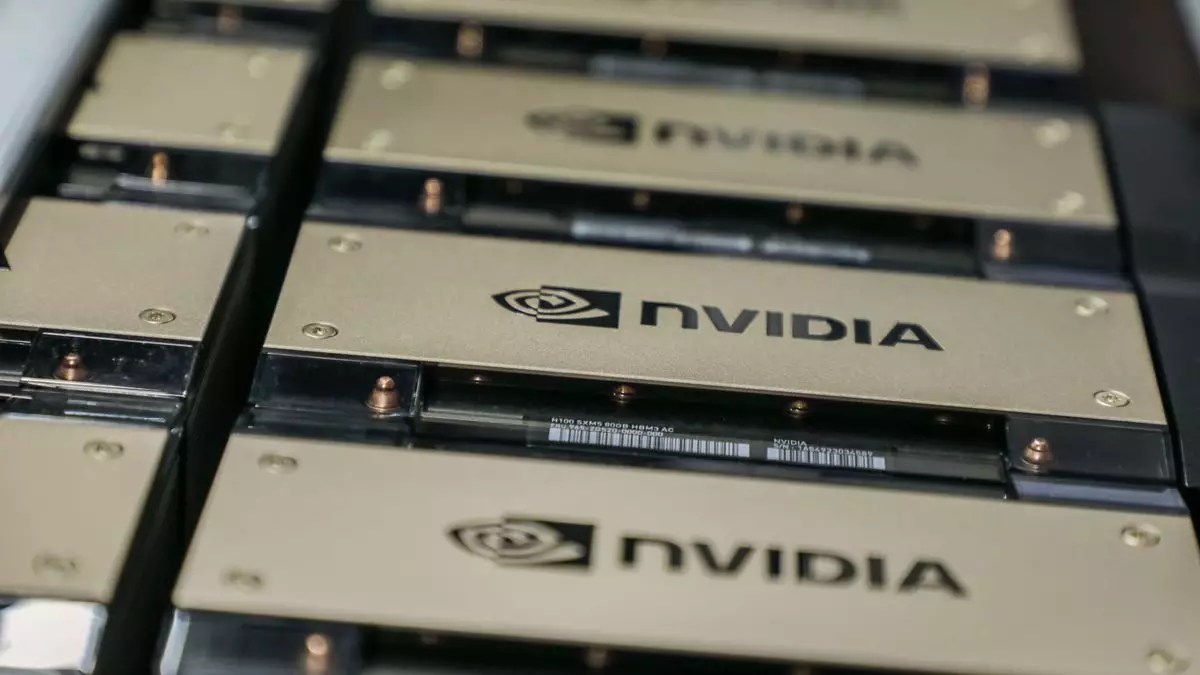In an era where gaming technology is advancing at breakneck speed, Nvidia has swiftly positioned itself at the forefront of this evolution through its supercomputing capabilities. While Nvidia’s dominance in the graphics processing unit (GPU) market is well-known, many are unaware of the intricacies behind one of its most groundbreaking technologies: Deep Learning Super Sampling, or DLSS. What lies behind this impressive technology is an extensive commitment to continuous development, supported by a dedicated supercomputer that has been tirelessly improving DLSS for a remarkable six years.
At the recent RTX Blackwell Editor’s Day in Las Vegas, Brian Catanzaro, Nvidia’s Vice President of Applied Deep Learning Research, unveiled key insights into the enhancements brought forth by DLSS 4. While the fanfare around the latest RTX GPUs often steals the spotlight, Catanzaro’s discussion emphasized the importance of foundational technologies like DLSS. It was revealed that Nvidia has harnessed the power of thousands of its most advanced GPUs in a supercomputer operating non-stop—365 days a year—solely dedicated to refining DLSS.
The existence of this supercomputer might be surprising to those unfamiliar with the depth of Nvidia’s investment in advancing image rendering technology. The notion that such a resource is continuously engaged in enhancing a software solution illustrates the enormity and seriousness with which Nvidia approaches deep learning and AI application within gaming.
Not only does the supercomputer serve as a testing ground, but it also plays a crucial role in a significant paradigm shift in DLSS’s underlying architecture. The transition from convolutional neural networks (CNNs) to transformer models in DLSS 4 marks a pivotal refinement aimed at achieving even greater image fidelity and rendering accuracy. This move indicates Nvidia’s readiness to adapt and innovate, ensuring that it stays ahead in an industry characterized by relentless competition and rapid technological advancements.
Catanzaro’s remarks also shed light on the intricacies of the training process for DLSS. The team meticulously analyzes each instance where the model falters—whether it manifests as ghosting, flickering, or blurriness. These failures are not mere setbacks but opportunities for learning. By investigating these anomalies, Nvidia gathers insights that help refine the algorithms and ultimately enhance the user experience.
Nvidia’s supercomputer functions as a relentless learner. Each failure contributes to a growing dataset, allowing the model to absorb new examples of high-quality graphics. This methodology enables the team to train DLSS to navigate difficult rendering challenges effectively. Catanzaro emphasized the importance of constantly improving training datasets, which feed the model’s learning process. This iterative approach means DLSS is not static; instead, it evolves with every cycle of training and testing across hundreds of games.
The meticulous attention devoted to addressing graphical imperfections and refining the algorithm signifies Nvidia’s commitment to quality. The depth of analysis performed helps ensure that gamers are treated not just to better performance but richer visual experiences that respond to the nuances of modern gaming engines.
As the gaming landscape continues to evolve, the implications of Nvidia’s work extend beyond individual titles. The enhancements achieved through DLSS have the potential to redefine graphic standards across the industry. The efficient utilization of AI and deep learning to create lifelike images that respond dynamically to gameplay showcases a future where immersive experiences are more accessible, even for gamers equipped with mid-range hardware.
Nvidia’s supercomputer is not just a technological marvel but a testament to a comprehensive approach toward the future of gaming graphics. The relentless pursuit of excellence encapsulated in DLSS illustrates the enormous potential of AI in reshaping how we perceive and interact with virtual worlds. As Nvidia continues to push the boundaries, the gaming community can look forward to thrilling advancements that elevate the gaming experience to unprecedented heights.


Leave a Reply